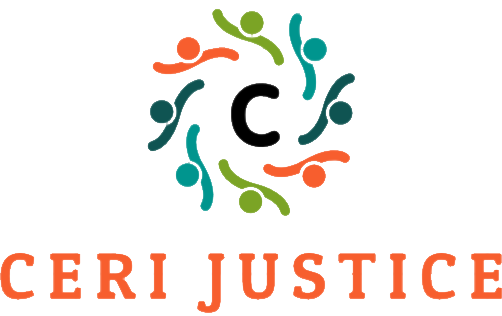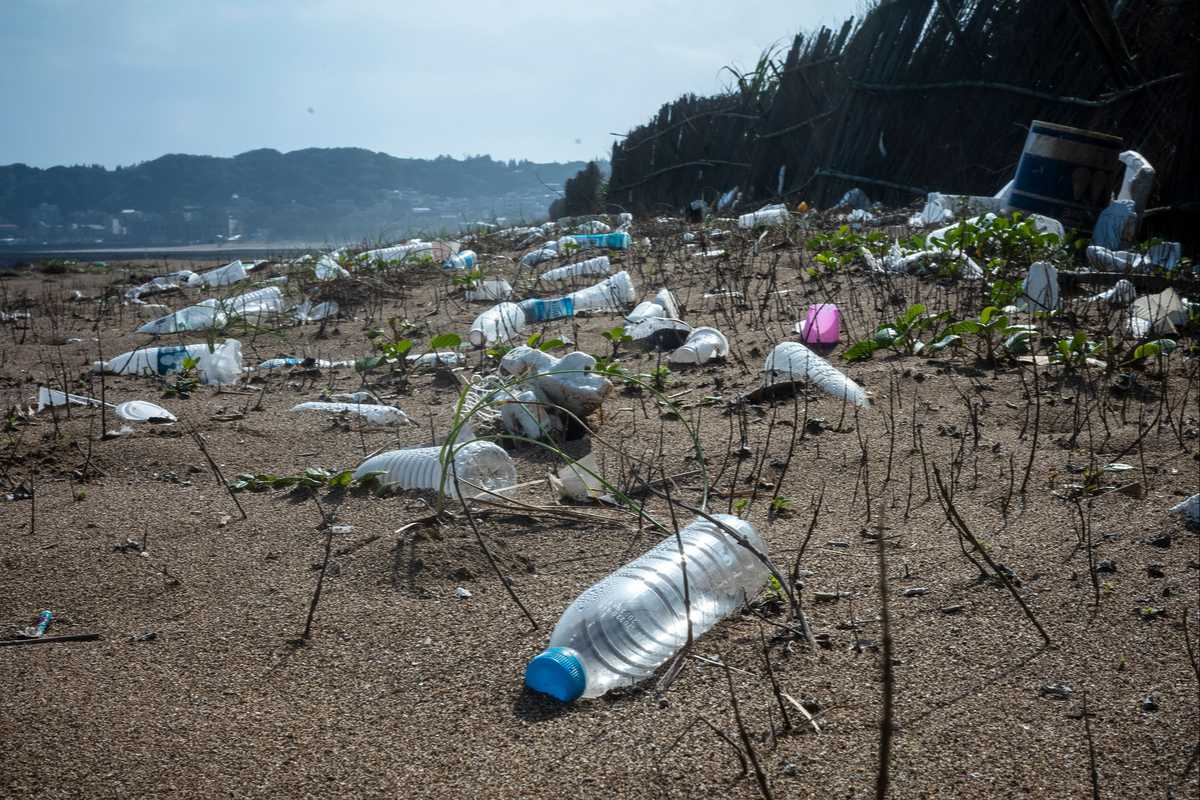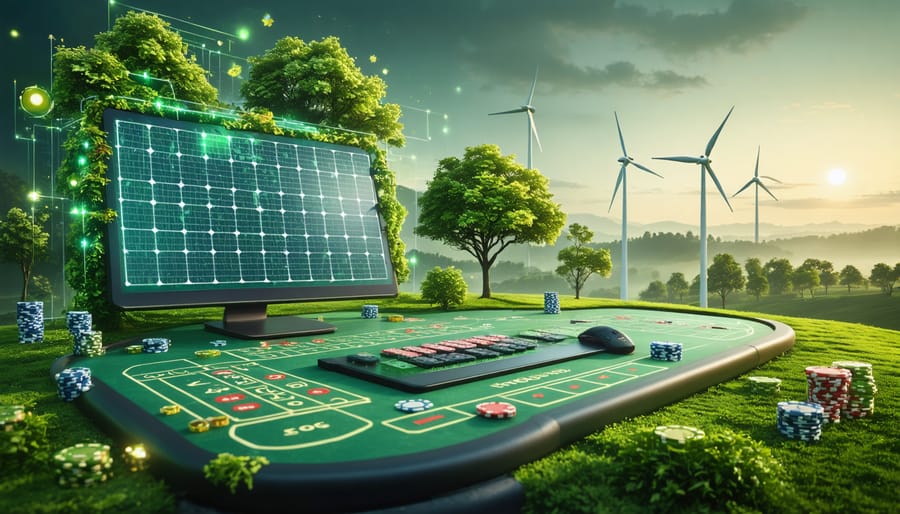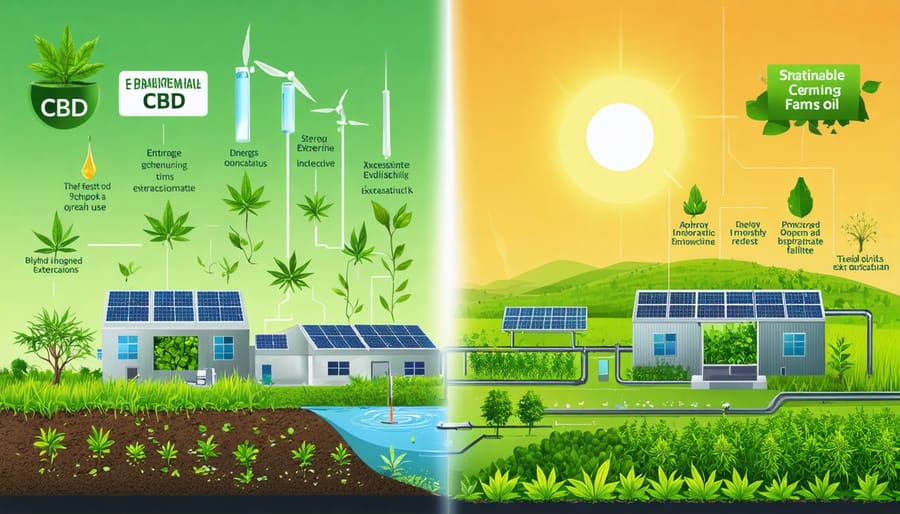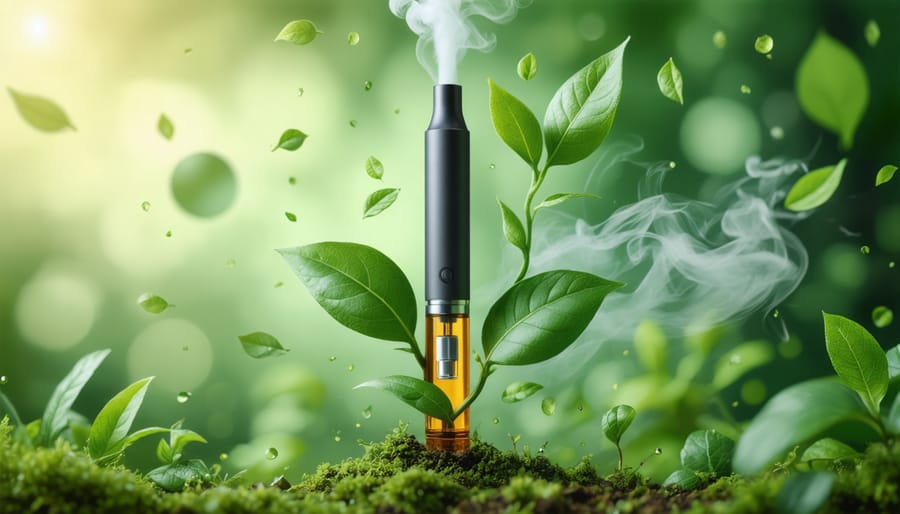The crisis of plastic and water pollution has become one of the most pressing environmental issues of our time, highlighting a troubling scenario that affects ecosystems, wildlife, and human health globally. As we navigate through the 21st century, the extent and impact of this pollution present an alarming picture, requiring urgent and comprehensive solutions from all sectors of society.
The Plastic Pollution Predicament
Each year, approximately 380 million tons of plastic are produced worldwide, with a significant portion ending up in our oceans and waterways. It’s estimated that up to 12 million tons of plastic are dumped into the ocean annually. This staggering amount of waste contributes to the Great Pacific Garbage Patch—an accumulation of floating trash halfway between Hawaii and California, which is now twice the size of Texas.
Plastic pollution is pervasive on both macro and micro levels. Large debris such as bottles, packaging, and fishing nets harm marine life through entanglement and ingestion. On a smaller scale, microplastics—tiny fragments less than five millimeters in size—have permeated the most remote and otherwise pristine areas of the planet. These particles are not only a threat to marine species but also enter the human food chain through seafood and water consumption.
The Global Water Pollution Crisis
Water pollution extends beyond plastics, encompassing a variety of pollutants including industrial waste, untreated sewage, pesticides, and heavy metals. Over 80% of the world’s wastewater flows back into the environment without adequate treatment, contaminating rivers, lakes, and oceans. This situation is exacerbated by agricultural runoff, which is laden with fertilizers and pesticides, contributing to nutrient pollution that leads to the explosive growth of algae. These algae blooms deplete oxygen in the water, causing dead zones where aquatic life cannot survive.
In regions heavily reliant on industry, water bodies are often contaminated with hazardous substances. For instance, heavy metals like mercury and lead, released through industrial processes, pose severe risks to both aquatic life and human health. These contaminants can cause developmental problems, kidney damage, and neurological issues in humans.
Socioeconomic Impacts
The repercussions of plastic and water pollution are not only environmental but also socioeconomic. For many communities, especially in developing countries, polluted water sources mean a lack of safe drinking water, which is a basic human right. This leads to severe public health crises, perpetuates poverty, and hampers economic development by affecting industries such as tourism and fisheries, which rely on clean water and healthy ecosystems.
Current Measures and Future Actions
Addressing this dual crisis requires a multi-faceted approach. On the plastic front, more than 60 countries have implemented bans or levies to curb single-use plastics. Innovations in biodegradable materials and increased efforts in recycling are crucial, alongside stronger consumer awareness and behavior change.
In terms of water pollution, enhancing wastewater treatment infrastructure is critical, especially in underserved areas. Policymakers must enforce stricter regulations on industrial discharge and agricultural runoff while supporting clean-up efforts for contaminated water bodies. Ultimately, global cooperation is essential, as water and plastic pollution are transboundary problems. International agreements and collaborative efforts must be strengthened to address these issues effectively.
Conclusion
The current state of plastic and water pollution represents a dire emergency for global ecosystems and human societies alike. While efforts are underway to mitigate these issues, the scale of the problem requires accelerated action, innovative solutions, and global collaboration. Every individual, community, and nation must recognize their role in tackling this crisis, ensuring a cleaner, healthier planet for future generations.
